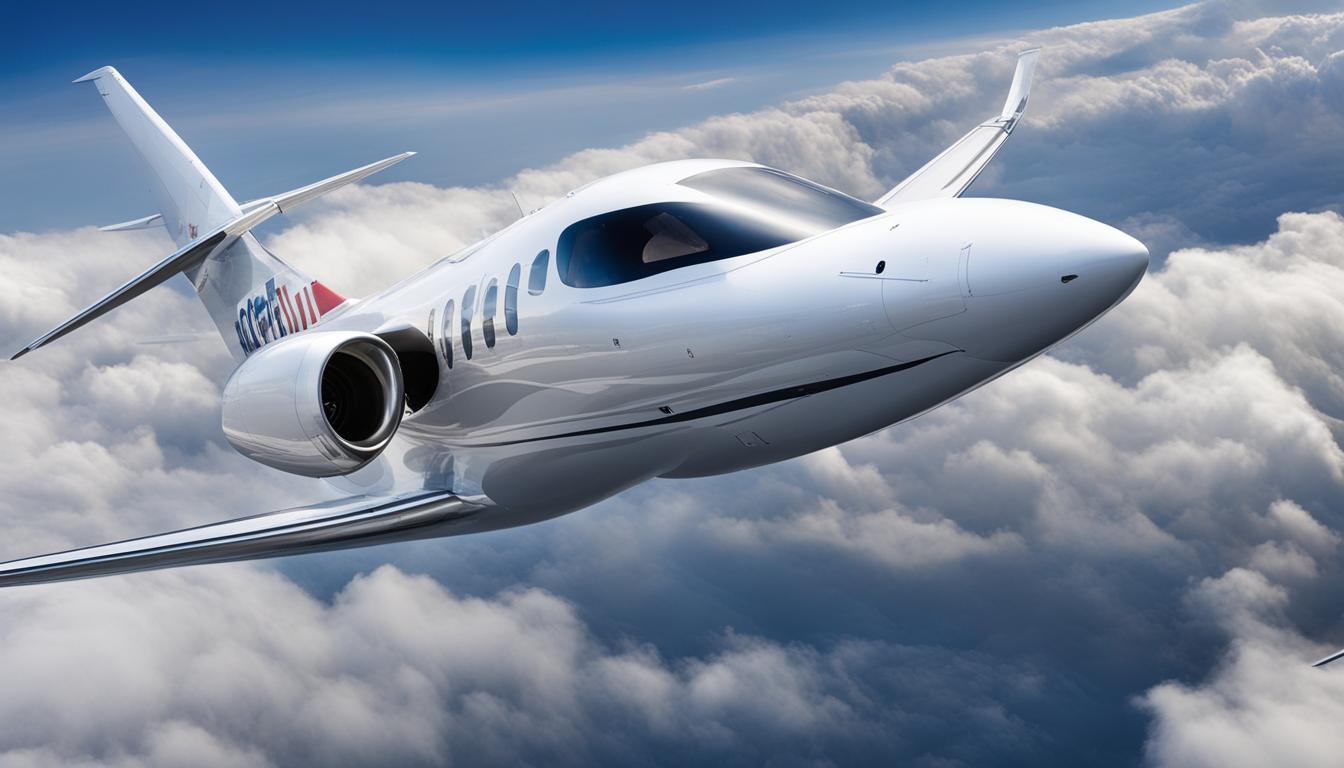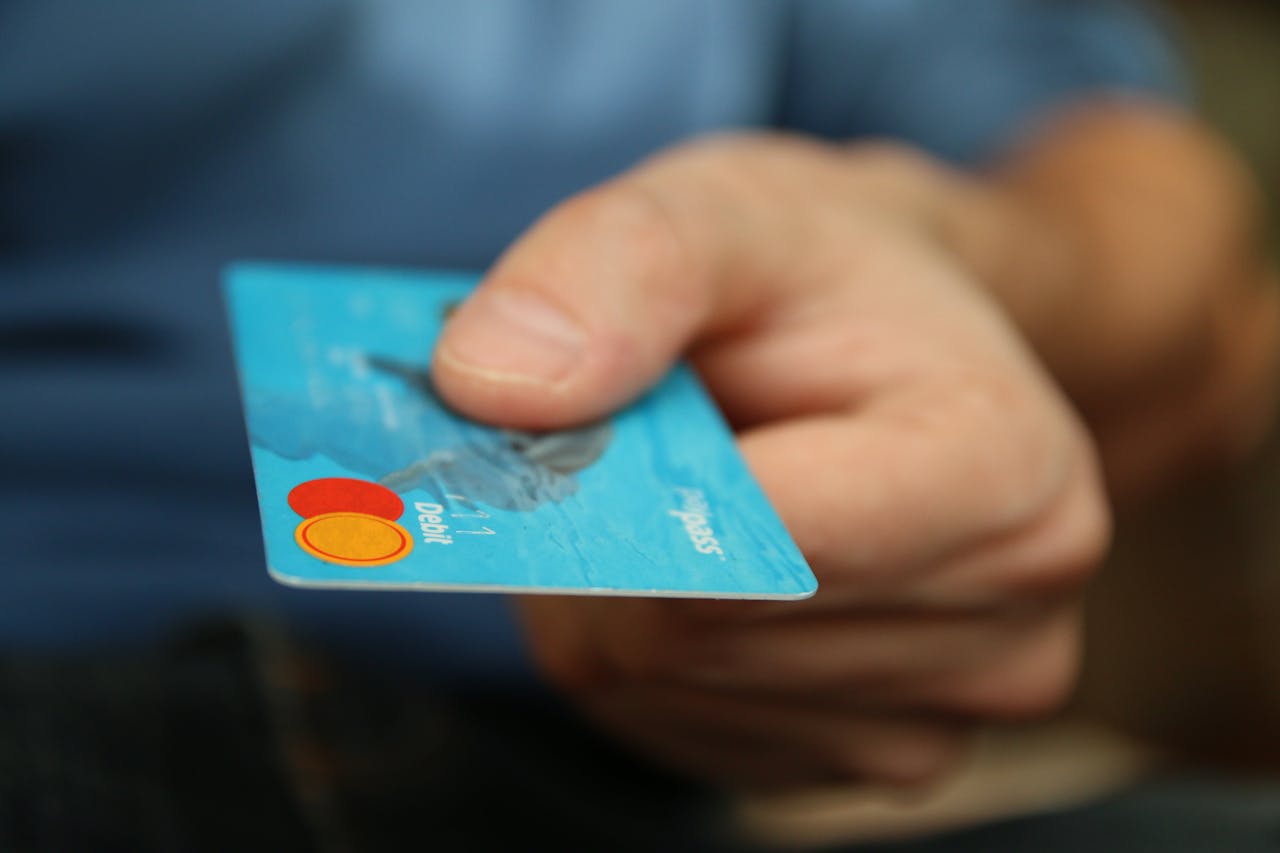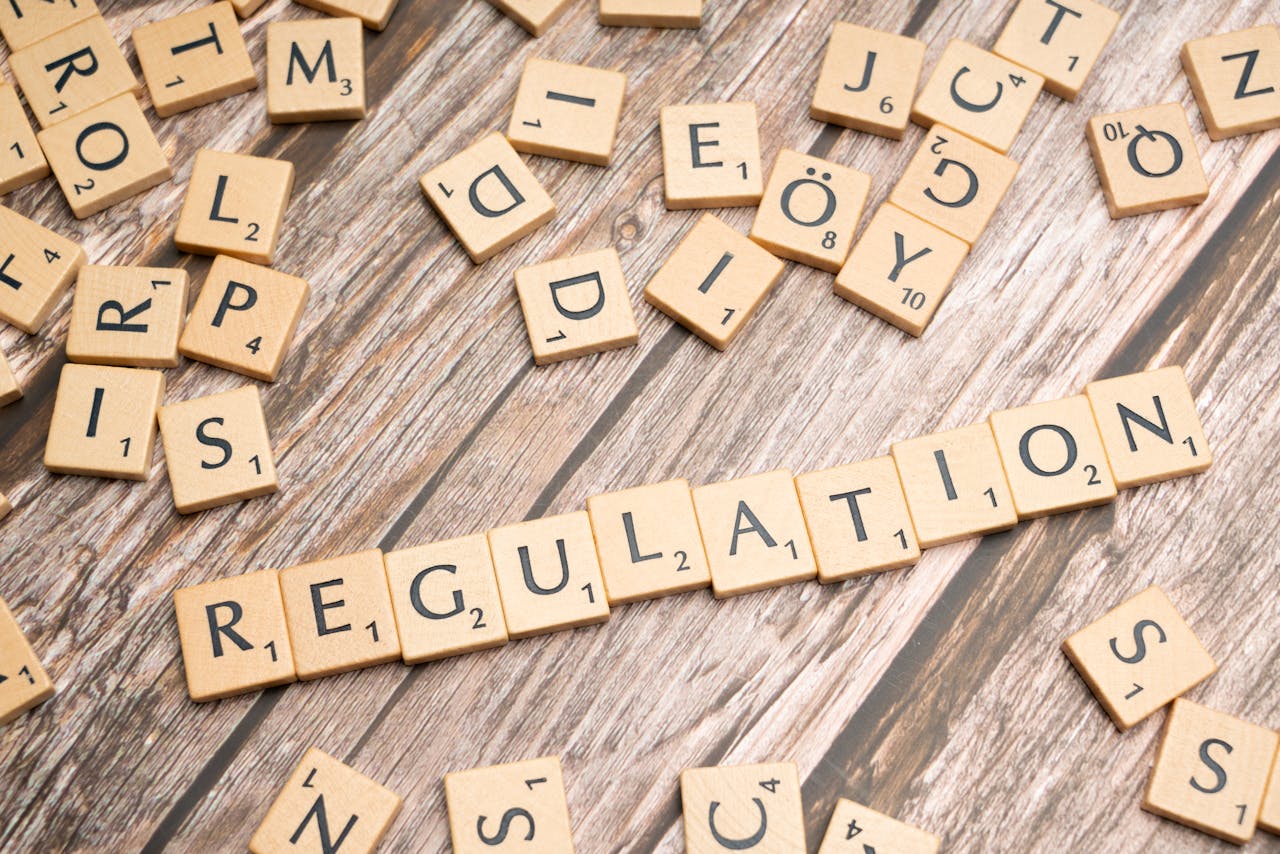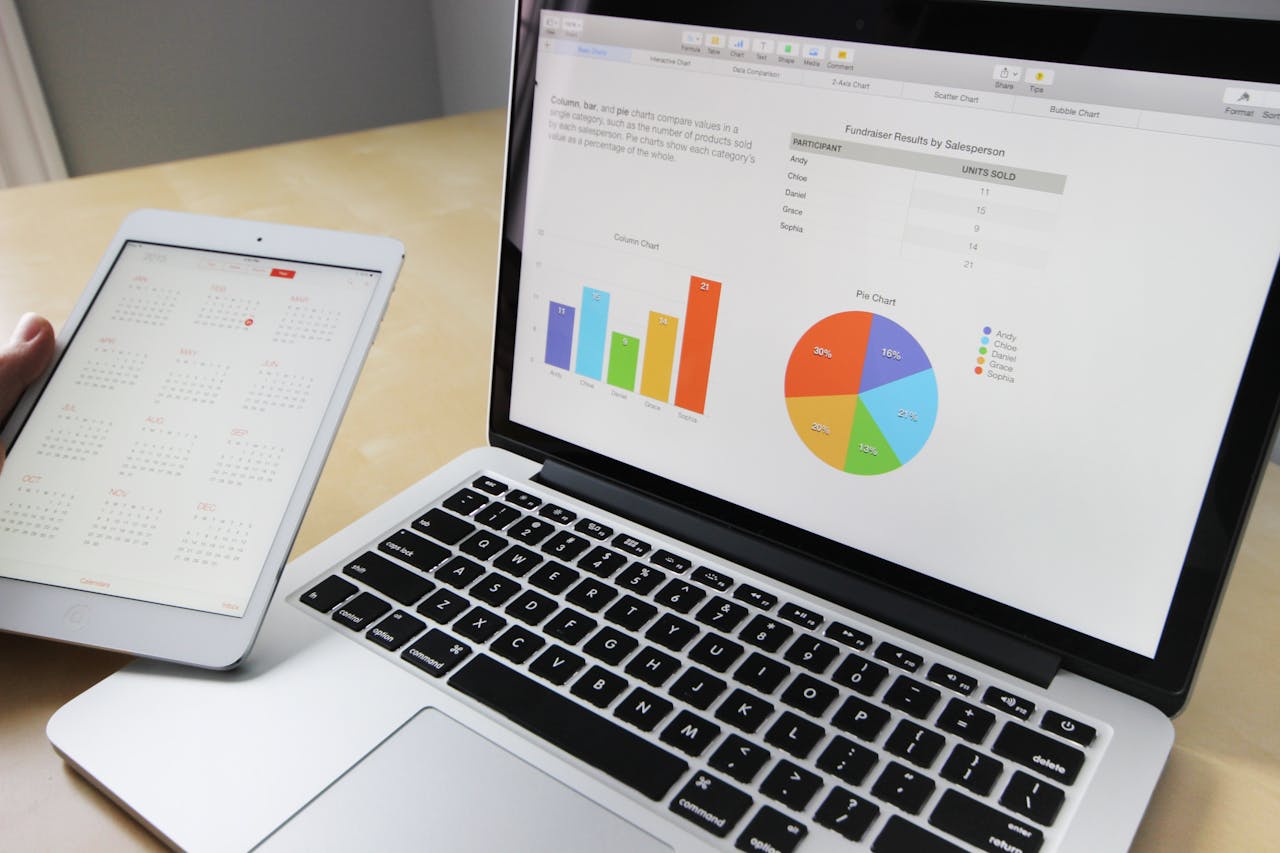Tokenized aircraft maintenance contracts are revolutionizing the aviation industry, paving the way for streamlined operations and new opportunities. With the power of blockchain and tokenization, these contracts offer a range of benefits that are transforming the way aircraft assets are managed and traded.
The process of tokenization involves creating blockchain tokens that represent real-world assets. In the aviation industry, this means digitizing and tokenizing aircraft maintenance contracts, enabling fractional ownership and unlocking a host of advantages.
By embracing tokenized contracts, the aviation industry can experience increased liquidity, lower costs, enhanced security, faster transactions, and global market access. These contracts bring transparency to asset ownership, simplify asset management through programmable assets, and facilitate easier portfolio diversification.
Key Takeaways:
- Tokenized aircraft maintenance contracts leverage blockchain technology to revolutionize the aviation industry.
- These contracts offer increased liquidity, lower costs, enhanced security, faster transactions, and global market access.
- Tokenization brings transparency to asset ownership, simplifies asset management, and enables easier portfolio diversification.
- By embracing tokenized contracts, the aviation industry can optimize operations and unlock new opportunities.
Understanding Tokenization in Aviation Maintenance
Tokenization in aviation maintenance involves leveraging blockchain technology to digitize and tokenize aircraft maintenance contracts. By creating digital tokens that represent ownership in aircraft assets, tokenization bridges traditional finance with the digital world, unlocking a range of benefits for the aerospace industry.
Through tokenization, aviation maintenance contracts can be transformed into programmable assets that streamline procedures and enhance efficiency. By eliminating the need for manual paperwork and intermediaries, tokenized contracts enable faster transactions and reduce administrative burden. This digitalization also enhances security by leveraging blockchain’s inherent features to protect against fraud and cyber attacks.
Tokenized contracts in the aerospace industry extend beyond just aircraft assets. Airports, commercial planes, cargo planes, drones, engines, flight simulators, helicopters, private jets, seats, leasing rights, and loyalty points can also be tokenized. This opens up opportunities for increased liquidity, cost savings, and simplified asset management across the aviation sector.
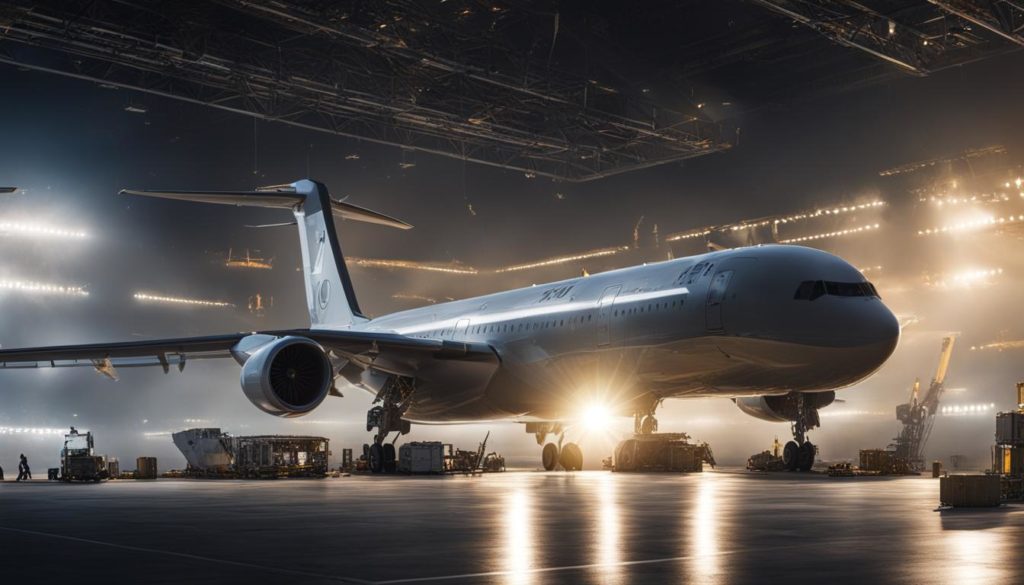
Benefits of Tokenization in Aviation Maintenance
| Benefit | Description |
|---|---|
| Increased liquidity | Tokenization enables fractional ownership, making it easier for asset owners and investors to find each other and trade ownership stakes. |
| Lower transaction costs | By eliminating intermediaries and streamlining the asset transfer process, tokenized contracts reduce transaction costs. |
| Enhanced security | Blockchain technology provides inherent security features that protect against fraud and cyber attacks. |
| Faster transactions | Tokenization enables faster transactions by leveraging blockchain’s efficiency and removing the need for manual paperwork. |
| Global market access | Tokenized contracts break down geographical barriers, allowing for cross-border investment and global market access. |
| Improved transparency | Blockchain’s transparency ensures clear asset ownership and transparent transaction records. |
| Easier portfolio diversification | By tokenizing various aviation assets, investors can easily diversify their portfolios and mitigate risks. |
| Simplified asset management | Tokenization transforms assets into programmable assets, simplifying asset management and administration. |
Tokenization in aviation maintenance offers a promising solution for optimizing operations, unlocking new opportunities, and shaping the future of the aviation industry.
Benefits of Tokenized Aircraft Maintenance Contracts
Tokenized aircraft maintenance contracts offer several benefits to the aviation industry. First and foremost, they enable increased liquidity by allowing fractional ownership. This means that asset owners and investors can easily find each other and trade fractional ownership stakes, making it easier to access and exit investments in aircraft assets. In addition to increased liquidity, tokenization also reduces transaction costs. By leveraging blockchain technology and smart contracts, tokenized contracts eliminate the need for intermediaries, streamlining the asset transfer process and reducing administrative and transactional expenses.
Furthermore, tokenized aircraft maintenance contracts enhance security by leveraging the inherent features of blockchain technology. The transparent and immutable nature of blockchain ensures that transactions and asset ownership are securely recorded and protected against fraud and cyber attacks. This increased security not only protects asset owners but also builds trust among investors and stakeholders in the aviation industry.
Another significant benefit of tokenized contracts is that they enable faster transactions. By leveraging blockchain technology, tokenized assets can be easily traded and settled in a matter of minutes or even seconds, compared to traditional processes that can take days or weeks. This increased speed of transactions enhances market activity and enables investors to seize opportunities quickly. Moreover, tokenized aircraft maintenance contracts provide global market access, breaking down geographical barriers and fostering cross-border investment. This global accessibility opens up new avenues for growth and diversification in the aviation industry.
Tokenization also brings transparency to asset ownership and transactions. By leveraging blockchain’s decentralized and immutable nature, tokenized contracts provide a clear and auditable record of ownership, enabling stakeholders to easily verify ownership and transaction history. This transparency not only enhances accountability but also simplifies asset management through programmable assets. With tokenization, assets can be programmed to automatically perform certain functions, such as distributing dividends or executing pre-defined contracts, reducing administrative burdens and improving operational efficiency in the aviation industry.
Tokenization of Different Aviation Assets
The tokenization of aviation assets extends beyond aircraft maintenance contracts. This innovative approach can be applied to various assets within the aviation industry, offering a range of benefits. Tokenized aviation contract management allows for increased liquidity, lower costs, enhanced security, faster transactions, global market access, improved transparency, portfolio diversification, simplified asset management, and programmable assets.
Tokenized Aviation Assets
The tokenization of aviation assets opens up new opportunities for investors and asset owners. These assets can include airports, commercial planes, cargo planes, drones, engines, flight simulators, helicopters, private jets, seats, leasing rights, and even loyalty points. By tokenizing these assets, the aviation industry can unlock the potential for fractional ownership, enabling broader participation and greater liquidity in the market.
Using blockchain technology, tokenization simplifies the process of buying, selling, and trading these aviation assets. It eliminates intermediaries, reduces transaction costs, and ensures secure and transparent ownership records. Additionally, tokenization enables asset owners to easily diversify their portfolios by investing in multiple aviation assets through a single platform.
Tokenization Benefits
Tokenization of different aviation assets brings numerous advantages to the industry. By leveraging blockchain technology, tokenized assets can be easily traded, offering increased liquidity and unlocking value for both owners and investors. The lower transaction costs associated with tokenization reduce barriers to entry and foster a more efficient market.
Furthermore, tokenization enhances security by utilizing blockchain’s immutable and transparent nature. Each tokenized asset is recorded on the blockchain, creating a tamper-proof and auditable record of ownership. This increased security reduces the risk of fraud and provides peace of mind to asset owners and investors.
Overall, tokenization of aviation assets revolutionizes the way the industry operates. It enables fractional ownership, streamlines transactions, and expands market access. By embracing this innovative approach, the aviation industry can unlock new opportunities for growth and efficiency.
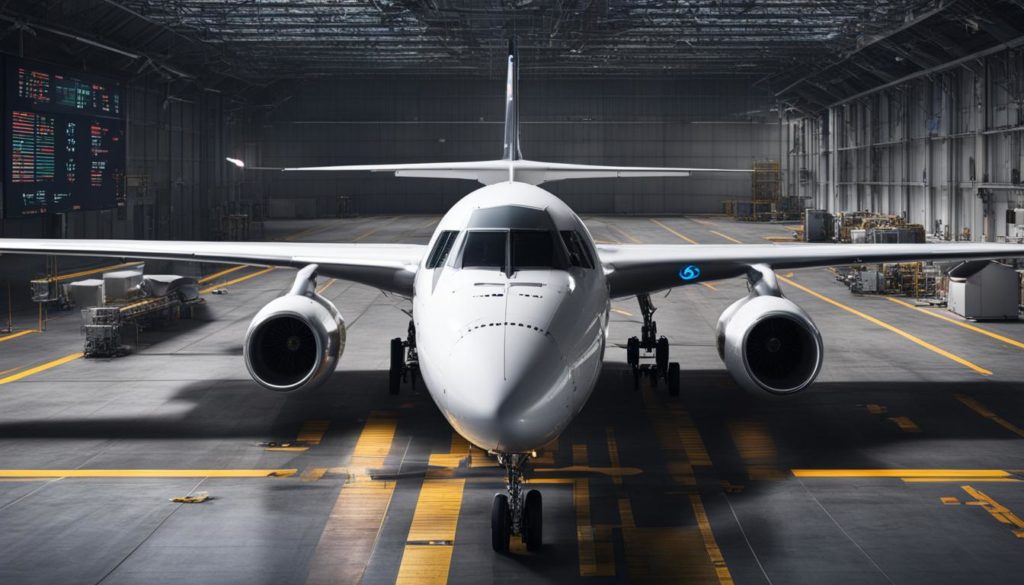
| Asset Type | Potential Benefits |
|---|---|
| Airports | Increased liquidity, global market access |
| Commercial planes | Lower transaction costs, simplified asset management |
| Cargo planes | Enhanced security, faster transactions |
| Drones | Programmable assets, improved transparency |
| Engines | Easier portfolio diversification, simplified asset management |
| Flight simulators | Increased liquidity, lower costs |
| Helicopters | Enhanced security, global market access |
| Private jets | Faster transactions, improved transparency |
| Seats | Lower transaction costs, easier asset management |
| Leasing rights | Increased liquidity, simplified asset management |
| Loyalty points | Enhanced security, global market access |
The Process of Tokenization in Aviation Maintenance
The process of tokenizing aircraft maintenance contracts involves several key steps that leverage blockchain technology to digitize and streamline asset management. Here is an overview of the process:
- Selection of the aviation asset: The first step is to identify the aviation asset that will be tokenized. Factors such as asset lifespan, liquidity, value, and environmental impact are taken into consideration during this selection process.
- Asset valuation: Professional appraisers determine the value of the chosen asset to ensure accurate representation in the tokenized contract.
- Legal and regulatory compliance: Compliance with legal and regulatory requirements is crucial to ensure the legitimacy and validity of the tokenized contract. Ownership structure and financing requirements are defined at this stage.
- Development of a prospectus: A comprehensive prospectus is created to provide detailed information about the tokenized assets. This includes token allocation, pricing, rights of token holders, financial projections, and more.
- Creation of digital tokens: Smart contracts on the blockchain are utilized to create digital tokens that represent fractional ownership in the aviation asset. These tokens are programmable and can be easily traded.
- Issuance and listing of tokens: Once the digital tokens are created, they are issued and listed on relevant platforms or exchanges, providing accessibility to potential investors.
- Asset management and monitoring: After the tokens are issued, the aviation asset is managed and monitored, ensuring that the tokenized contract functions smoothly and operates within the defined parameters.
The tokenization process in aviation maintenance simplifies asset management, reduces administrative burdens, and enables the efficient administration of digital contracts for aircraft maintenance.
“Tokenization allows the aviation industry to leverage the benefits of blockchain technology, streamlining operations and unlocking new possibilities in asset management.”
By embracing digital contracts for aircraft maintenance, the industry can enhance efficiency, improve transparency, and foster greater accessibility to investment opportunities. Tokenization in aviation maintenance is not only revolutionizing the way assets are managed but also opening doors to innovation and optimization in the aviation industry.
Conclusion
In summary, tokenized aircraft maintenance contracts are revolutionizing the aviation industry by leveraging blockchain technology. These contracts offer a range of benefits, including increased liquidity, lower transaction costs, enhanced security, faster transactions, and global market access. With tokenization, asset owners can easily fractionalize ownership, attracting more investors and enhancing liquidity in the market.
The use of blockchain technology also brings transparency to asset ownership and transactions, simplifies asset management through programmable assets, and enables portfolio diversification. Moreover, tokenization streamlines procedures, improves efficiency, and saves costs for the aviation industry by eliminating intermediaries and reducing administrative burdens.
As we continue to witness the digital transformation of the aviation industry, tokenized aircraft maintenance contracts are paving the way for optimized operations and new opportunities. By embracing this innovative approach, industry stakeholders can unlock the full potential of tokenization and drive growth in the aviation sector.
- Customer Engagement and Loyalty: Innovating the Future of Saudi Arabia’s Dedicated Cargo Airline - December 23, 2024
- Regulatory and Compliance: Pioneering the Future of Saudi Arabia’s Dedicated Cargo Airline - December 21, 2024
- Financial Strategies: Fueling the Growth of Saudi Arabia’s Dedicated Cargo Airline - December 20, 2024

